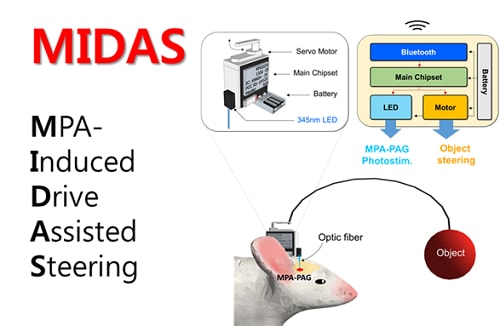Humans and greed are often considered as inseparable in existence. Human greed is often thought to generate the motivation behind various actions. Yet, though it was known that greed stimulated humans, it was unknown how it did so.
However, recent research from KAIST may have revealed how greed works in living organisms. A collaboration between the research teams of Professor Daesoo Kim from the Department of Biological Sciences and Professor Phill-Seung Lee from the Department of Mechanical Engineering discovered that human instinct for possessive greed is created by the medial preoptic area (MPA) within the hypothalamus of the brain.
The joint team used mice to find this phenomenon. The researchers analyzed the mice’s brains after giving toys to one group of mice and none to the other. Through this process, they detected active stimulation of the neural circuits in the MPA. Afterwards, the researchers used photogenetics to confirm that when light provoked the MPA, the mice demonstrated excessive greed to possess the toys. The investigators further detected signals generated by the MPA circuit directed to the periaqueductal gray (PAG) when demonstrating the above actions, and thus named this circuit the MPA-PAG circuit.
After discovering that the MPA is related to obsession, the team went further to control it. They placed an object that could revolve around the mice’s head. Movement of this object provoked the MPG-PAG circuit to stimulate the mice to follow the object. The technology showed potential of coaxing even highly intelligent animals, such as mammals, to follow the will of their controller. The team named this technology MPA-Induced Drive Assisted Steering (MIDAS).
Professor Kim stated, “The research also showed that when the same neural circuits were activated, the instincts to hunt prey also increased.” This discovery signified how playing with objects works under the same mechanism as acquiring food.
The discovery can be considered as a significant advancement in the decryption of human instincts and their linkage with human brain signals. Professor Kim further confirmed, “Such technology that links the brain and greed shows further potential for applications in curing drug and game addiction issues.”


